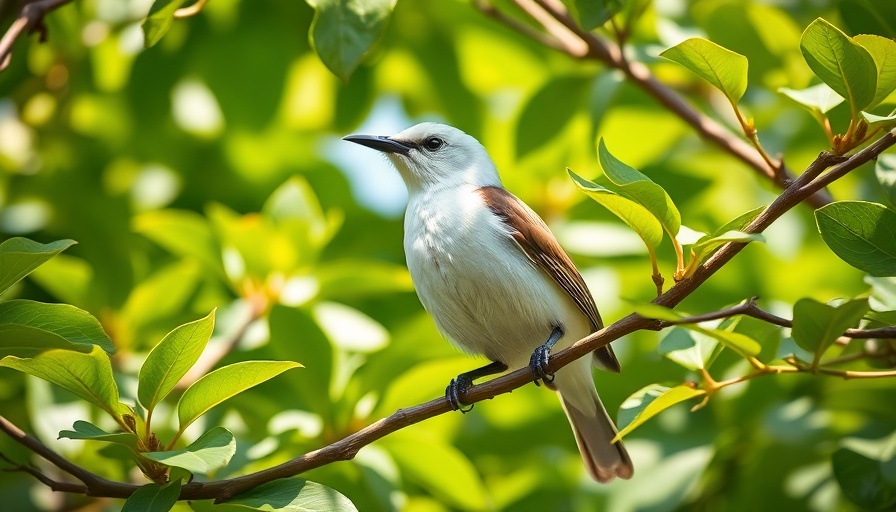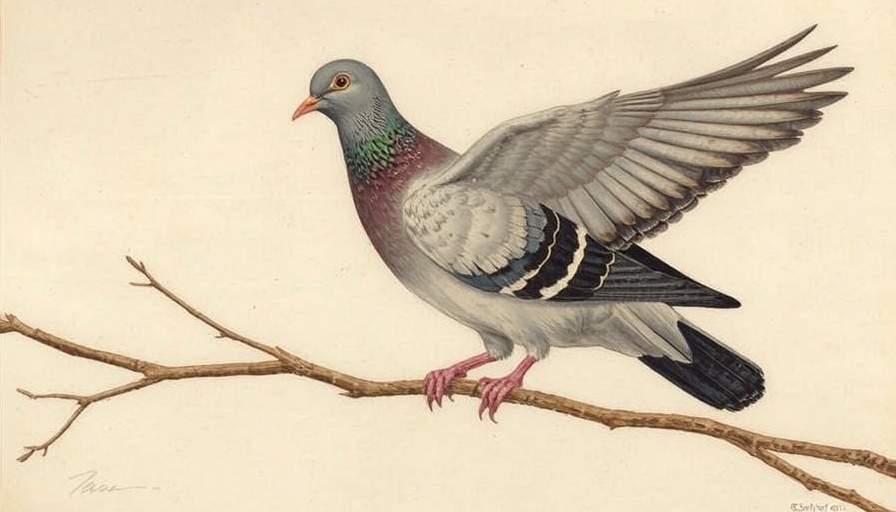
The Enigmatic Call of the Bare-throated Bellbird
The Bare-throated Bellbird, a dazzling species that serves as the national bird of Paraguay, captures both the imagination and the senses. With its unique metallic call that can be heard nearly a mile away, it plays a vital role in the ecosystems of the Atlantic Forests that span across Paraguay, Brazil, and Argentina.
Significance of the Bare-throated Bellbird
This bird is not merely a visual and auditory spectacle; it is a key indicator species for a healthy forest ecosystem. The Bare-throated Bellbird's call is the harbinger of ecological harmony, suggesting the presence of a thriving environment rich in biodiversity. The symbolism extends further as its resonant notes are often reflected in Paraguayan musical traditions, especially in compositions played on the harp.
Conservation Challenges
Despite its iconic status, the Bare-throated Bellbird faces severe threats. Its classification as Near Threatened stems from relentless habitat loss due to deforestation and poaching for the illegal pet trade. The environmental realities described in recent studies highlight a startling decrease in the Atlantic Forest, with only 7% of its original area remaining in Paraguay. Local conservation efforts, like the Paraguay Biodiversity Project, aim to restore this ecosystem by creating biodiversity corridors that help maintain the populations of vital species, including the Bare-throated Bellbird.
Intersecting Human and Ecological Needs
Efforts to preserve the Bare-throated Bellbird extend into collaborative projects involving indigenous communities and local farmers. By integrating socioeconomic data into conservation strategies, organizations aim to create solutions that protect wildlife while accommodating human needs. This holistic approach recognizes the interconnectedness of species health and community welfare, paving the way for sustainable land use practices.
Hope for the Future
The future may well hinge on the success of these initiatives. If we can protect and restore the habitats crucial to the Bare-throated Bellbird and other endemic species, we strengthen the ecological fabric of the Atlantic Forest. As conservationists work tirelessly, they echo the fervent hope that the enchanting call of this species will once again reverberate across its native lands, reminding us of the harmony that can exist between humans and nature.
As the New Year approaches, let's come together to support local biodiversity initiatives that benefit both people and wildlife. Share your conservation stories or volunteer to raise awareness in your community!
 Add Row
Add Row  Add
Add 




Write A Comment